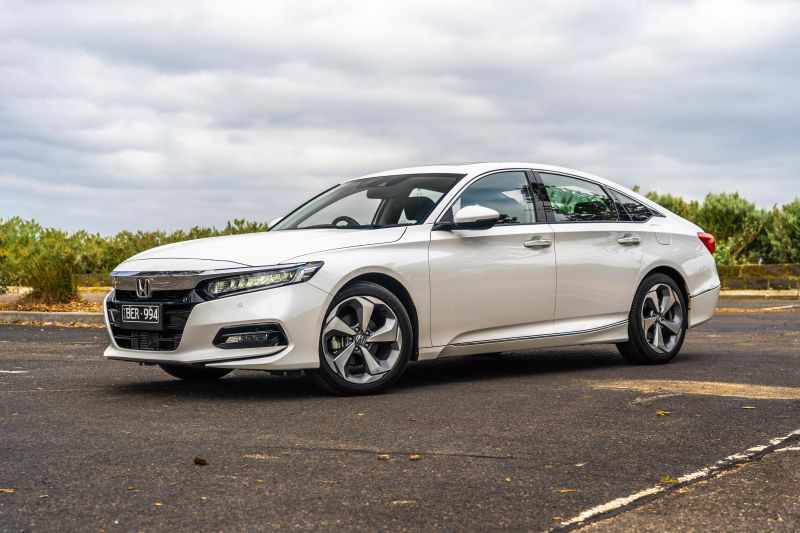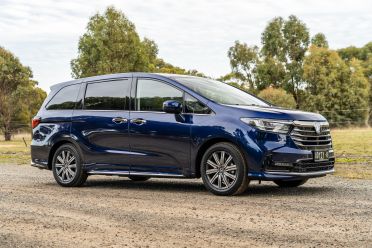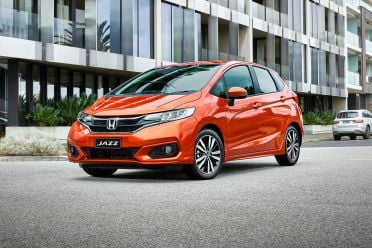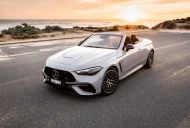Honda doesn’t consider the Civic a “core” model anymore, but that doesn’t mean it’s on the chopping block.
The company has been busily expanding its 11th-generation Civic range, with the Type R the final addition, but its key focus this year is on SUVs.
It considers the HR-V, CR-V and upcoming ZR-V – which will slot between the two – as its “core” models, with the Civic hatch and Accord sedan supporting players.
“We want to cater for a wider customer base. Obviously we’re focusing on SUVs, because that’s the fastest growing segment of the industry,” said Honda Australia boss Carolyn McMahon.
“Whilst we’re focusing on SUVs, that’s because we’ve got an opportunity to expand the line-up, but I wouldn’t say we’ve got plans to be an SUV-only brand.”
Ms McMahon cited strong demand for the new Civic e:HEV hybrid in particular.
“[The Civic] is aligned to the Honda brand overall, so we don’t want to lose that, that is part of who we are,” said Belinda Cusworth, general manager for customer experience.
The company hasn’t confirmed when the next, 11th-generation Accord will launch locally.
Last year, the CR-V accounted for 57 per cent of the brand’s sales in Australia. Honda sold 14,215 vehicles overall and 8123 CR-Vs, with the HR-V a distant second at 4717 sales.
All up, SUVs accounted for 90 per cent of Honda sales in 2022.
Honda Australia’s passenger car line-up has shrunk considerably over the past few years.
The City, Jazz and NSX were axed in 2020, with the Odyssey withdrawn in 2022.
Civic volume has fallen off from its predecessor, in part due to a dramatically pared-back line-up and a considerably higher base price.
It lost its sedan body style in Australia with the new generation, and now opens at $47,200 drive-away – over $15,000 more than the previous base price.
Accord sales fell every year after 2013, even after it lost an in-house rival with the Accord Euro’s demise. They increased for the first time in 2022, albeit only from 90 to 96 units, making the Accord the lowest-volume vehicle in its segment.
Honda now has as many passenger cars as Nissan, which only offers the Z and Leaf locally.
The rival Japanese brand controversially dropped most of its passenger car line-up during the 2010s, even though it still offers a range of these in other markets.













